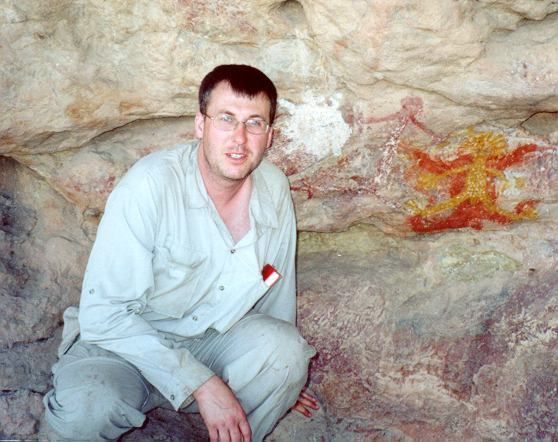Photographer(s):Unspecified(c) (c) Unspecified
Fossil invertebrate animals (animals without backbones) are a wondrously diverse group with a fossil record spanning over 600 million years. Their abundance, diversity, and wide range of adaptations make them an ideal resource for scientists to use in understanding how our planet has changed over time. Paleontologists at the Field Museum and from around the world study fossils in our collection to learn about these extinct animals and how they are related to modern animals. By studying these fossils paleontologists are able to learn about the history of biodiversity, evolution, extinction events, climate changes, and paleobiogeography.
The Field Museum’s fossil invertebrate collection started with the purchase of the Ward's Natural Science Establishment collection displayed during the 1893 World's Columbian Exposition in Chicago. The collection grew steadily over the years with the work of A.W. Slocom, S. K. Roy, E. S. Richardson and other Field Museum geologists plus numerous donations from other museums, universities, and the general public. In 1965 the Field Museum acquired the University of Chicago’s Walker Museum fossil invertebrates, which more than doubled the total number of specimens in the collection. Today there are an estimated 2 million specimens divided into ~320,000 specimen lots. The majority of the collection is arranged systematically divided by geologic periods. The remaining collection is organized stratigraphically.
Resources
Geologic Time
The collection has fossils ranging in age from over 550 million years to the present. The collection spans all the geological periods from the Cambrian through Quaternary with a focus on Ordovician through Pennsylvanian fossils.
Diversity
The diversity and abundance of invertebrate fossils is truly amazing. Scientists have divided the invertebrates into 33 phyla of which 25 have a fossil record, and of these 25 phyla 15 are represented in the Field Museum’s collections (see fossil photo gallery). Approximate representation by major groups in the collection is:
Porifera 5%
Cnidaria 11%
Bryozoa 5%
Brachiopoda 17%
Mollusca 23%
Arthropoda 9%
Echinodermata 10%
Faunal Associations 12%
All others 8% (This includes: Nemertea, Nematoda, Priapulida, Echiura, Annelida, Onychophora, Chaetognatha, and Hemichordata).
In addition, significant components of the collection include:
Pennsylvanian fossils from the Mazon Creek area
Devonian fossils from the Falls of the Ohio area
Silurian reef fossils from the Chicago area
Paleozoic echinoderms
Ordovician through Devonian corals, brachiopods and trilobites
Geography
The fossil invertebrate collection houses specimens from every continent. The collection’s focus however is material from the Paleozoic of the North American mid-continent with large holdings from the Illinois, Michigan, Iowa and Appalachian Basins.
Historic Collections
Notable historic collections include those of:
University of Chicago’s Walker Museum
James Hall
Eugene Richardson
Anton Schrammen
Stuart Weller
William Gurley
Collection Visits
Visits to the collection by scientific researchers are strongly encouraged. Loans of collection material may be made only to individuals affiliated with reputable scientific institutions (see Fossils & Meteorites policy page). Visits and loans are arranged through the Collections Manager.
Related content,People
Former Staff and Collaborators
Showing 1 of 1
| Scott Lidgard | Curator Emeritus |
